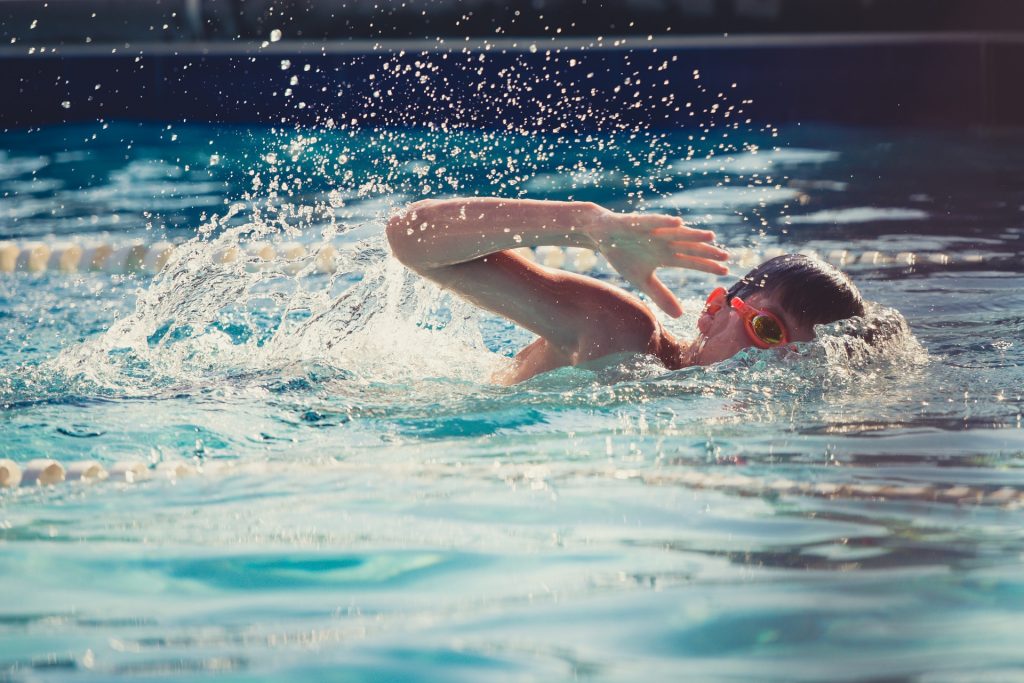The majority of pool owners today will praise the convenience of having a backyard pool–especially after a hot summer’s day. There are many perks when it comes to owning a pool, including the opportunity of entertaining guests, at-home luxury and relaxation, fun for the kids, and more. However, we must also take into account the importance of pool safety and fostering a safe environment for all.
Understanding the Risks
It is important to consider the many risks centered around proper pool maintenance and management as there are various ways both children (and adults) could experience an accidental injury or even death due to an unsecured environment. According to the American Red Cross Association, “69% of young children who drown were not expected to be near water.” This risk is even more prevalent if your pool area is unsupervised by an adult or the pool owner has not secured the area to reduce these accidents from occurring.
Considering these statistics, it is even more important to ensure you are taking pool safety seriously, whether you are near water or not. With this in mind, we’ve outlined the 6 Essential Rules for Pool Safety and how to apply these as best practices for your own backyard fun.
- Secure the Area and Setup Proper Barriers
To prevent accidental drownings, it is best practice to add barriers or a four-sided fence to the pool area. Since most drownings occur when unsupervised or when no one else is around, it is best separate the pool area from the house and yard, this reduces a child’s risk of drowning by 83% - Supervise Your Children
Besides setting up protective barriers around your pool, it is also important to designate an adult or parent to supervise younger children who are either swimming or near water. There should be no other distractions as the focus should always be on ensuring the child’s safety near the pool. - Manage Pool Chemicals Safely
Pool chemicals like Chlorine, when properly maintained, are often used to disinfect water. However, when mishandled, Chlorine can actually lead to respiratory problems and other serious injuries. The Center for Disease Control (CDC) recommends that you do the following to prevent further damage and risk when using chemicals:- Read and follow all directions on product labels
- Wear safety equipment
- Keep chemicals secure and away from children and pets
- Learn CPR and Get Certified
In the chance that you happen to be in the presence of someone who is rescued from drowning, Cardiopulmonary Resuscitation (CPR) may be required. Of course, we recommend that only adults that have been certified in CPR procedures apply these practices. - Teach Your Children to Swim

Studies show that 8 in 10 child drownings happen in front of parents. So, whether you bring young children to professional swimming lessons or teach them yourself– by teaching children to swim at an early age, you reduce the risk of drowning by 88%. Learn more about pool safety for your children here.
Make Pool Safety Equipment Readily Available
Certain pool safety materials such as floaties, life preservers, and pool covers will maintain a safer and more relaxed environment when enjoying your outdoor pool. In addition, we also recommend educating younger children on pool safety and adults on the best way to respond to the different types of accidents that may occur.
These are just a few standard best practices and tools for pool safety that you may need prior to your next pool adventure! Remember, safety first, and when in doubt, always consult an expert when it comes to maintaining a healthy safe pool environment for all.



